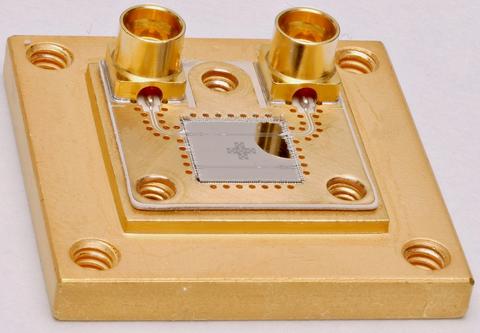
Look out dark matter, here come the detectives. This NIST amplifier, which measures tiny electrical currents, has boosted the search for the mysterious dark matter believed to constitute much of the stuff in the universe.
One theory is that dark matter might be axions, hypothetical particles that are lighter in mass and lower in energy than any matter yet found. An axion would generate a feeble electric field at an unknown frequency, so scientists want to scan a broad frequency range to detect a tiny power blip. It’s a needle-in-a-haystack scenario demanding the utmost precision.
Now, scientists collaborating in the (aptly named) Yale University axion search project HAYSTAC have just doubled the search rate for axions of a certain mass with record sensitivity, thanks in part to NIST ideas and devices.
HAYSTAC sped up the search with the NIST idea to use a technique called quantum squeezing, which improves sensitivity by squeezing noise that interferes with measurements out of the relevant parts of the experiment. The NIST amplifiers prepared an electromagnetic field in a squeezed state and then, after it bounced off an empty tank in which microwaves circulated, measured the noiseless results.
We have an even closer eye on the HAYSTAC now. Find out more about the search for the elusive needle (additional collaborators: UC Berkeley, University of Colorado Boulder).
Follow us on social media for more like this from all across NIST!

